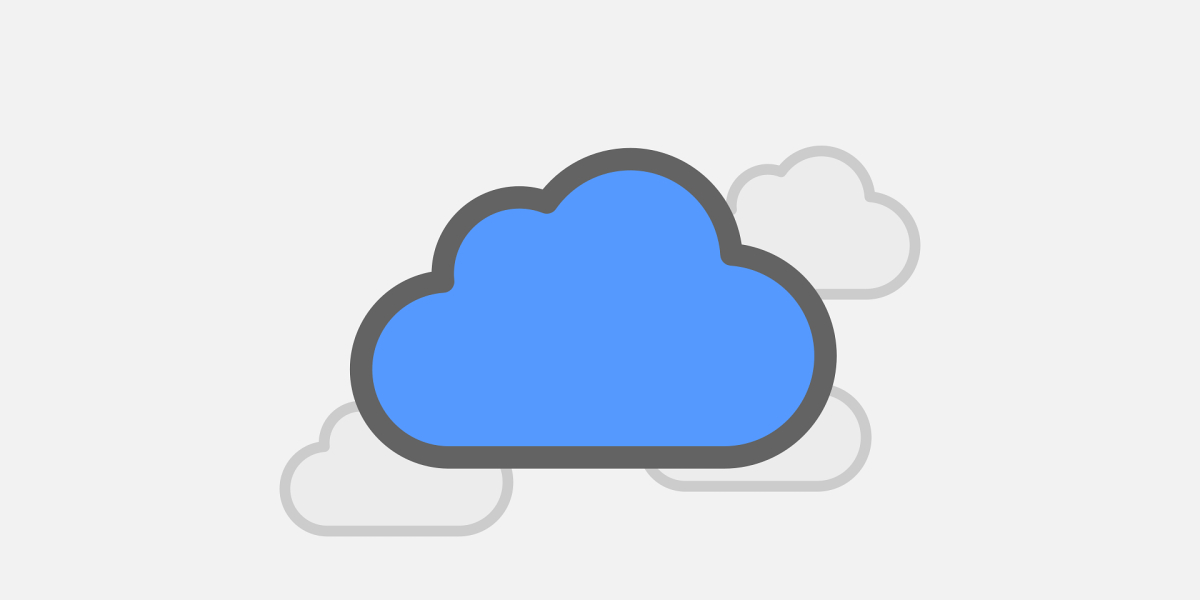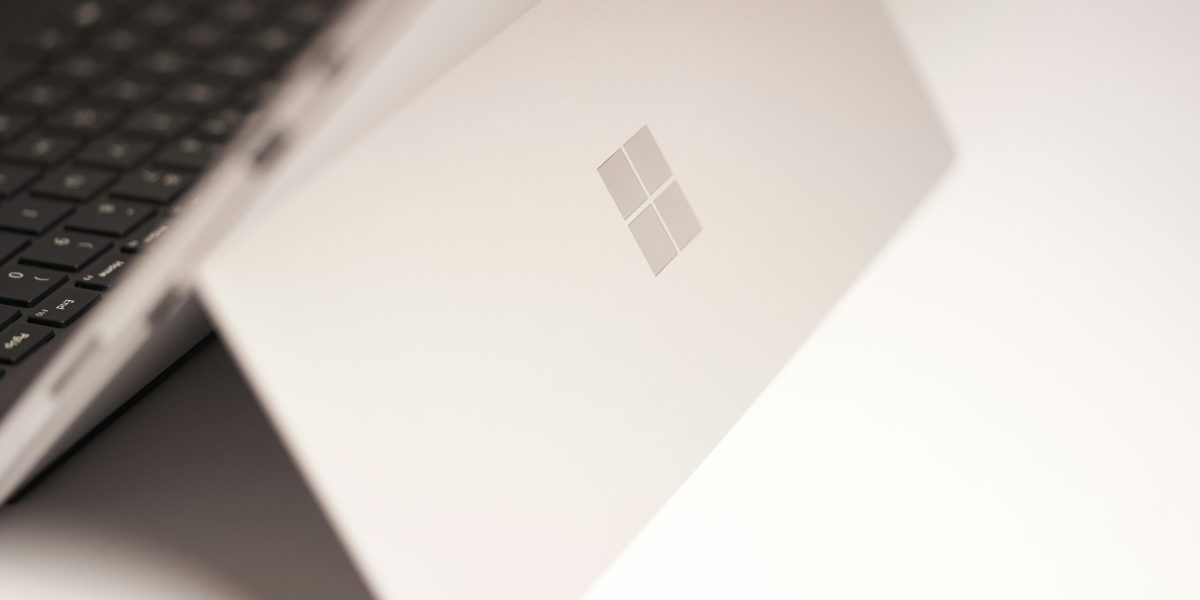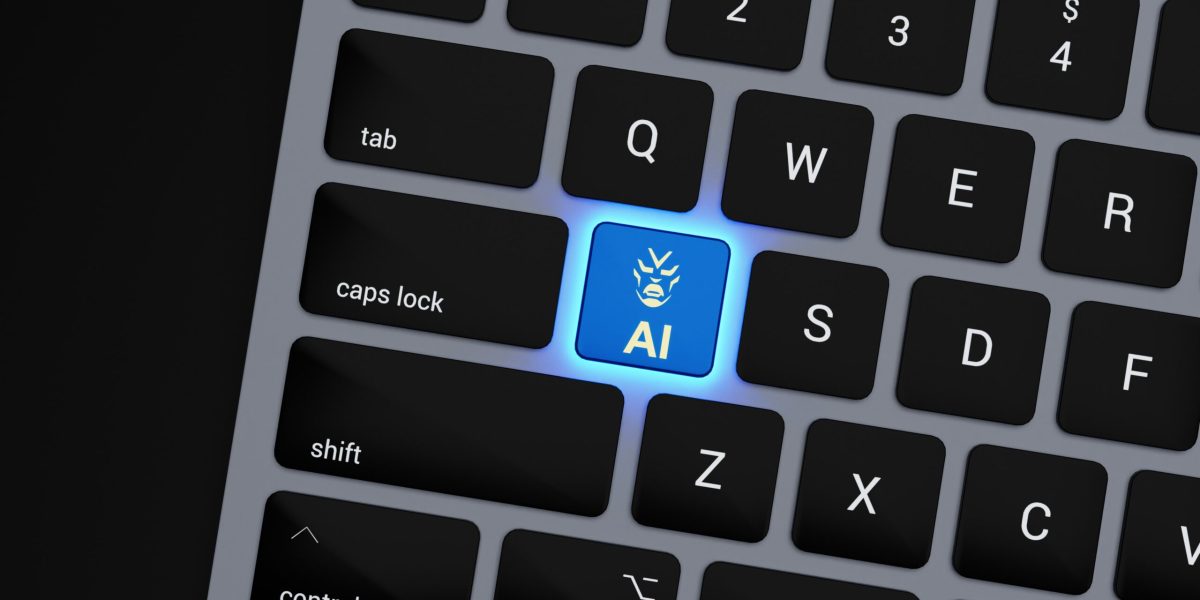From Offer Letter to First Login: How IT Makes New Hire Setup Easy
A great first day should feel smooth, secure, and productive. When laptops aren’t ready, permissions don’t work, or accounts are missing, momentum stalls and trust takes a hit. A reliable new hire IT setup turns an accepted offer into a confident first login—without last‑minute scrambling. This guide lays out a repeatable, automation‑friendly approach you can use for every role, in office or remote, so your newest teammate is effective from hour one.
Why a structured new hire IT setup matters
Onboarding isn’t just paperwork; it’s the moment people learn how work gets done. A consistent new hire IT setup cuts wasted time, reduces helpdesk noise, and enforces security from day one. Organizations with strong onboarding see big improvements in retention and productivity, and IT is a core reason why those gains stick (see SHRM’s onboarding research).
Pre‑boarding: start before day one
Success starts the moment the offer is signed. Send IT a structured intake so nothing is missed in the new hire IT setup:
- Role profile: department, manager, location, employment type, start date, remote/on‑site.
- Access needs: apps, groups, shared mailboxes, data repositories, printers, VPN.
- Hardware selection: standard laptop bundle, peripherals, mobile line if applicable.
- Compliance flags: regulated data, privileged access, background checks completed.
Convert that intake into a ticket or automated workflow so tasks are trackable and time‑bound.
Standardize devices with secure imaging
Every device should arrive “ready to work.” Build one or more gold images aligned to the role. Use cloud device management to push the baseline during new hire IT setup:
- OS + patches at current levels.
- Core apps (browser, office suite, collaboration, EDR/AV, VPN).
- Security policies (disk encryption, screen lock, firewall, attack surface reduction).
- Telemetry for asset inventory and health monitoring.
For Microsoft‑centric environments, Microsoft Intune simplifies zero‑touch enrollment, policy enforcement, and app delivery. Automating the device portion of a new hire IT setup eliminates most last‑minute desk‑side work.
Identity first: accounts, MFA, and least privilege
Identity is the new perimeter. Treat account creation as the heartbeat of your new hire IT setup:
- Primary account provisioning: Create the user in your identity provider (e.g., Microsoft Entra ID/Azure AD) with a consistent username pattern.
- Multi‑factor authentication: Enforce MFA at first login and educate on secure methods.
- Group‑based access: Use role‑based groups to assign apps, licenses, and file permissions.
- Conditional Access: Require compliant devices and block risky sign‑ins by policy.
These controls enforce least privilege and make it simple to adjust entitlements when roles change.
License bundles and role templates
Turn your job families into reusable templates. In your new hire IT setup, attach a license/app bundle to each role, such as “Sales – Field,” “Operations – Back Office,” or “Finance – AP.” Templates should include:
- SaaS licenses: Microsoft 365/Google Workspace, CRM, phone/UC, ticketing, project tools.
- Data access: SharePoint/Drive libraries, Teams/Slack channels, departmental mailboxes.
- Security sensitivity: DLP policies, eDiscovery holds if required, or privileged access workflows.
With templates, assigning the right stack takes minutes, not hours—and it’s consistent every time.
Collaboration that works out of the box
Communication tools should “just work.” As part of your new hire IT setup, auto‑provision:
- Email & calendars: signatures, default meeting policies, mailbox rules for common flows.
- Teams/Slack: org channels, project spaces, chat restrictions, phone system extensions.
- Meetings: Zoom/Teams policies for recording, waiting rooms, and authenticated attendees.
When people can find teammates and information immediately, your onboarding feels world‑class.
Security baselines on day one
Attackers love onboarding gaps. Bake security into your new hire IT setup so protection starts at first login:
- EDR/XDR: Next‑gen endpoint protection deployed and reporting before handoff.
- Patch posture: Target critical updates within specific SLAs.
- Password hygiene: Follow modern guidance like NIST SP 800‑63B (long passphrases, no periodic forced changes without compromise indicators, check against known breaches).
- Data controls: DLP templates for customer data, finance, and HR records; encrypted storage by default.
Pair controls with brief training so every user understands how to work safely.
Remote, hybrid, and on‑site: adjust the playbook
The best new hire IT setup adapts to where work happens:
- Remote: Ship pre‑enrolled devices, include a “first‑login” card, and offer a white‑glove virtual walk‑through.
- Hybrid: Stagger day‑one activities—device pickup or delivery, then virtual setup and security review.
- On‑site: Schedule a 20‑minute desk‑side check to validate MFA, VPN, printing, and line‑of‑business app access.
Day‑one checklist (copy/paste ready)
- Device boots cleanly, user signs in with MFA, Intune/MDM shows compliant.
- Email, calendar, chat, and meetings verified.
- Core apps installed and licensed; role apps accessible.
- File access tested for department shares and project spaces.
- VPN tested (if needed) and printer mapping verified (if on‑site).
- Security orientation completed (10–15 minutes).
- New hire knows how to request access, open tickets, and find help docs.
First‑week plan: make success visible
Onboarding is not a single day. Add a light‑touch plan to your new hire IT setup so small wins stack up:
- Day 2–3: Validate automations worked (license seats, group membership, app policies).
- Day 3–4: Time‑boxed refresher on collaboration norms, file naming, and data handling.
- Day 5: 5‑minute “pulse check” survey: What slowed you down? What was missing?
Measure what matters
Well‑run teams measure onboarding like a product. Track these signals to improve your new hire IT setup every month:
- Time to first productive login: Avg hours from device handoff to verified access.
- Ticket volume per hire: Fewer is better; categorize by root cause.
- Policy compliance at day one: % with MFA, encryption, and EDR active.
- License accuracy: Over/under assignment across roles.
Common pitfalls (and quick fixes)
- Manual one‑offs: Fix by moving to group/role‑based access so adding the role adds the rights.
- Last‑minute hardware: Keep a small buffer of ready‑to‑ship devices and standard bundles.
- Shadow access: Expiring temporary permissions should auto‑revoke; audit group sprawl monthly.
- Training gaps: Replace long sessions with snackable tutorials linked in the welcome email.
Compliance by design
If your business handles regulated data, compliance must be embedded in the new hire IT setup. Document the workflow (who requests, who approves, who audits). Use DLP policies and eDiscovery where needed, and align controls to your framework (HIPAA, PCI, CJIS, SOC 2). The point is to make the compliant path the easiest path.
Automation: the quiet multiplier
The more steps you automate, the more consistent your new hire IT setup becomes. Even simple automation—like auto‑adding users to Teams channels when their department is “Sales”—prevents human error. Modern identity platforms, device managers, and ticketing systems can chain approvals and provisioning so IT focuses on exceptions, not the assembly line.
What the welcome email should include
Send this from IT the day before start (or, for remote hires, when the device ships):
- Congratulations and what to expect on day one.
- Device unboxing and first‑login steps with screenshots.
- How to enroll MFA and where to store recovery codes.
- Links to quick guides (email, calendar, chat, file access).
- How to reach support (hours, phone, portal, emergency escalation).
FAQ for managers
Managers drive expectations. Give them a mini‑FAQ so they can support the new hire IT setup:
- When will equipment arrive? Typically 2–5 business days before start for remote; on desk for on‑site.
- How do I request additional access? Submit an access request with business justification; SLA 1–2 business days.
- What if the new hire is disabled on day one? We can reset MFA during a live session; plan a 15‑minute buffer.
Tools we recommend
We design new hire IT setup playbooks around widely‑supported platforms so you’re not locked into custom scripts:
- Microsoft Intune for device enrollment, configuration, and app delivery.
- Microsoft Entra ID for identity, MFA, Conditional Access, and group‑based licensing.
- CISA’s Zero Trust guidance for maturing identity‑centric controls.
Ready to streamline your next hire?
A consistent new hire IT setup eliminates day‑one friction, enforces security, and helps new teammates contribute faster. If you want a repeatable system—complete with role templates, automation, and security baselines—we can help.
ParJenn Technologies builds and runs end‑to‑end new hire IT setup programs for small and mid‑sized businesses in Southeast Texas and beyond. We’ll standardize devices, automate accounts, and align access with your compliance needs—so every first login feels effortless.
Contact us to schedule a quick assessment, or share this guide with HR so we can align on an onboarding playbook that scales.





